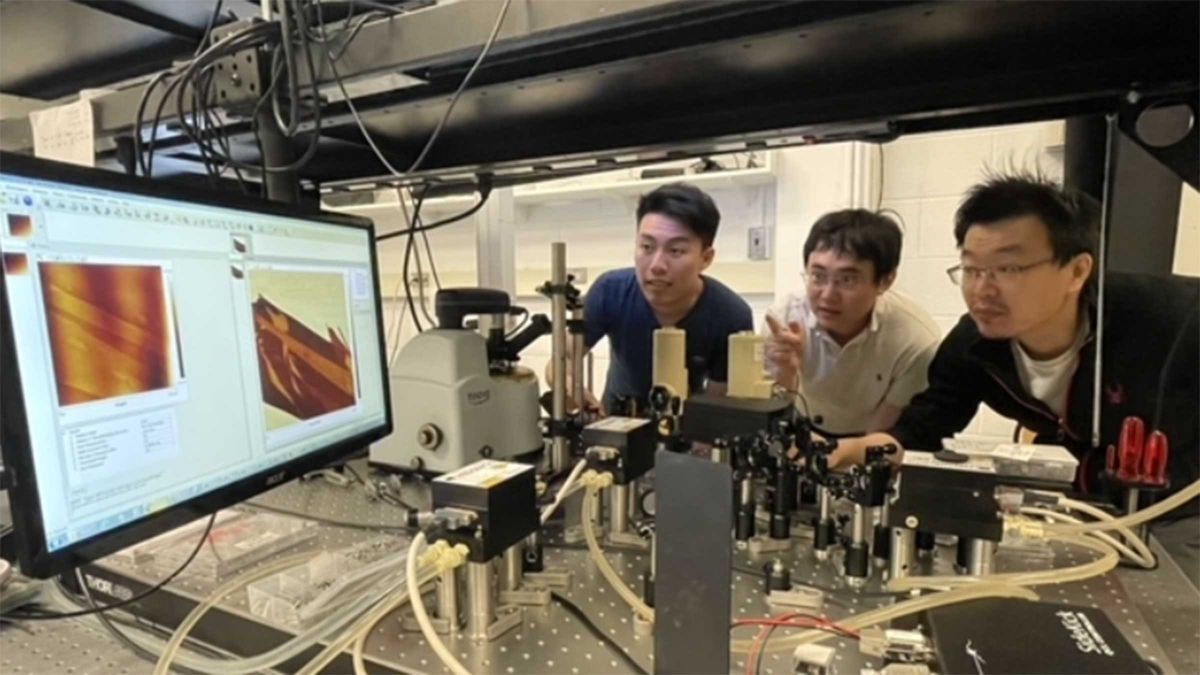Gold graphene: new properties found in the lead of a pencil

Graphite has always been with us, a material that has great properties and that, for example, we have always used in pencils.
What no one could expect is that MIT scientists have managed to transform this graffitior ordinary that we have in any drawer at home, in a new material with several extraordinary properties that have never been seen before in natural graphite.
They have called it stacked rhombohedral pentalayer graphene and it is made of five ultrathin layers of graphene stacked in a specific order.
He graphene It is one of those materials that has surprised scientists for a few years now, given that it has many potential applications in all types of fields, including electronics and medicine.
And MIT researchers have discovered that stacking different layers of graphene can create new properties which include magnetism and superconductivity.
This pentalayer of graphene does not need any twisting for these capabilities, and they discovered that the electrons in the material can interact with each other, resulting in what is called “electronic correlation” thus offering new properties.
“Nature has many surprises. In this case, we never realized that all these interesting things are embedded in graphite,” says the assistant professor of Physics Long Ju. “It is very rare to find materials that can hold so many properties.”
This is how they discovered it
They had to use a microscope built by MIT two years ago to isolate this pentalayer graphene. This dispersion-type microscope can quickly measure different characteristics of nanomaterials such as optical properties, thickness and structure.
So using this microscope to scan a sample of graphite and look for regions with five layers of graphene stacked in a particular rhombohedral order.
In fact, this is one of more than 10 ways to stack five layers of graphene, but the only one with desired properties.
Once they isolated the pentalayer graphene, they connected electrodes to a small device that sandwiched the material between two layers of boron nitride. The electrodes then allowed different voltages to be applied to the device and change the number of electrons in these pentalayers of graphene.
They discovered that the pentalayer It is capable of passing between three different statesdepending on the number of electrons present.
For example, when the material is insulating, it does not conduct electricity; When it is magnetic, the material has a magnetic zone and tends to align with a magnetic field; and when in a topological state, electricity can only flow along the edges of the material, but not through its mass.
“Our work establishes that rhombohedral stacked multilayer graphene is a highly tunable platform to study these new possibilities for topological and strongly correlated physics,” explains Ju.



